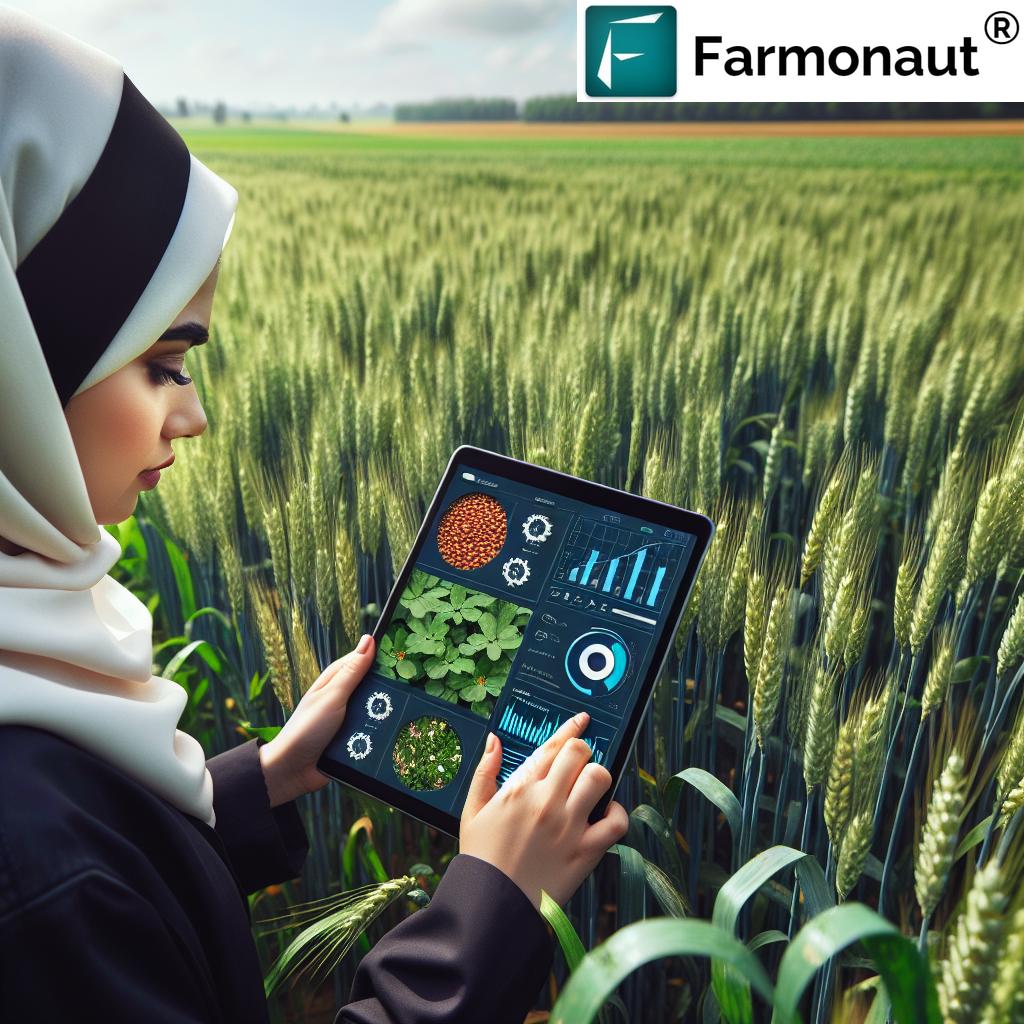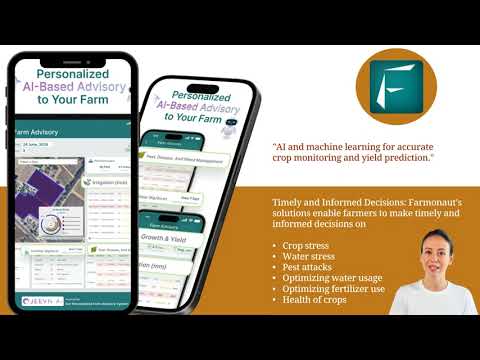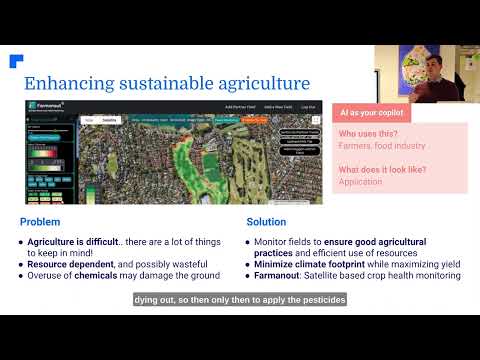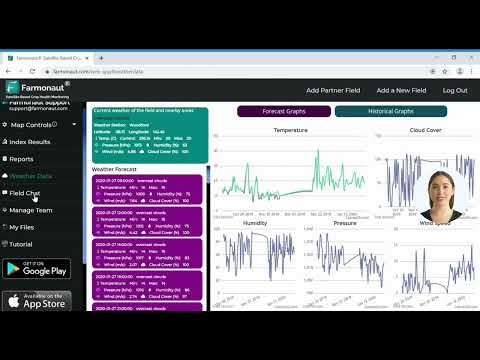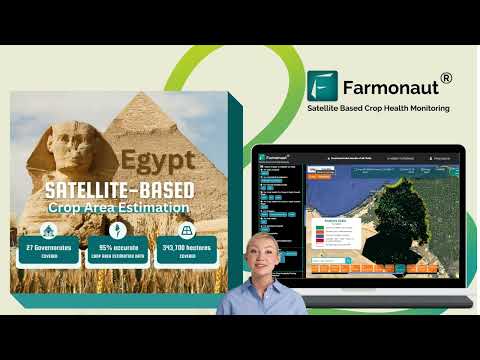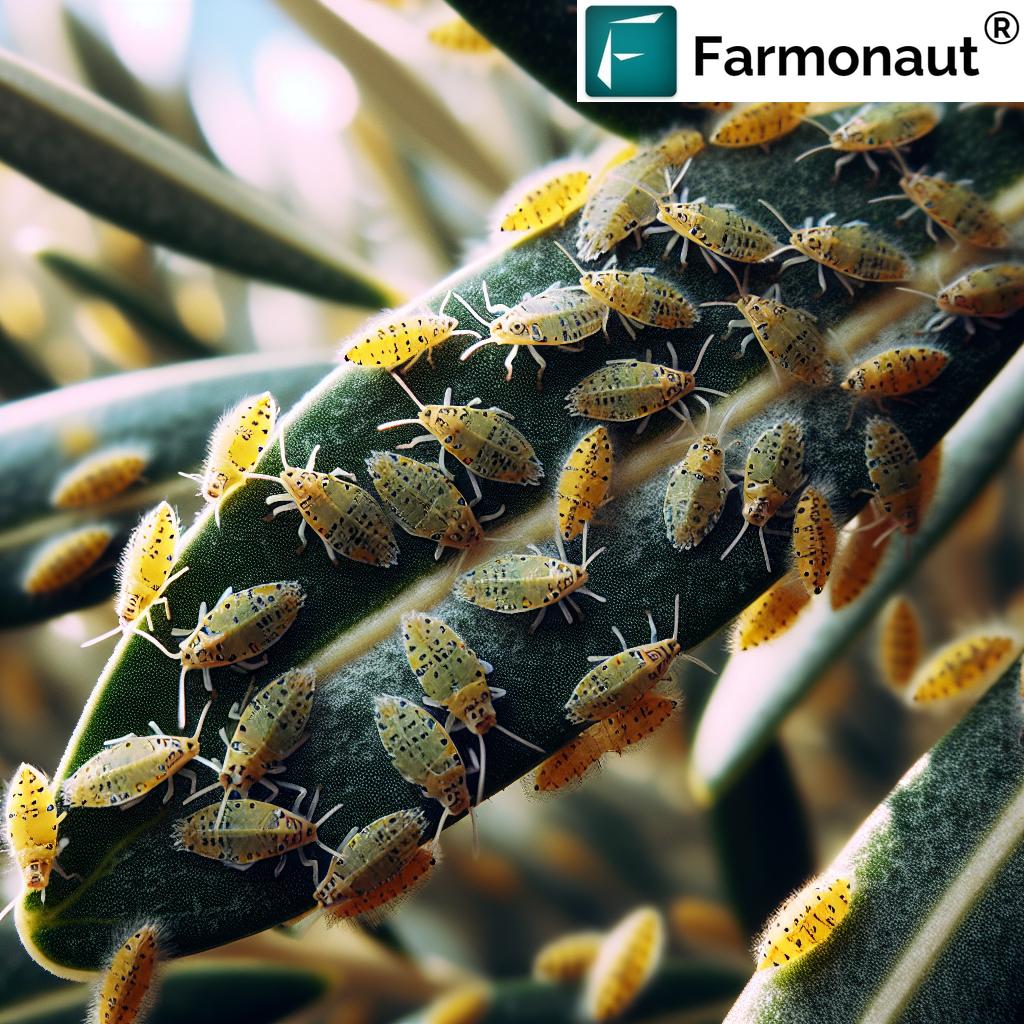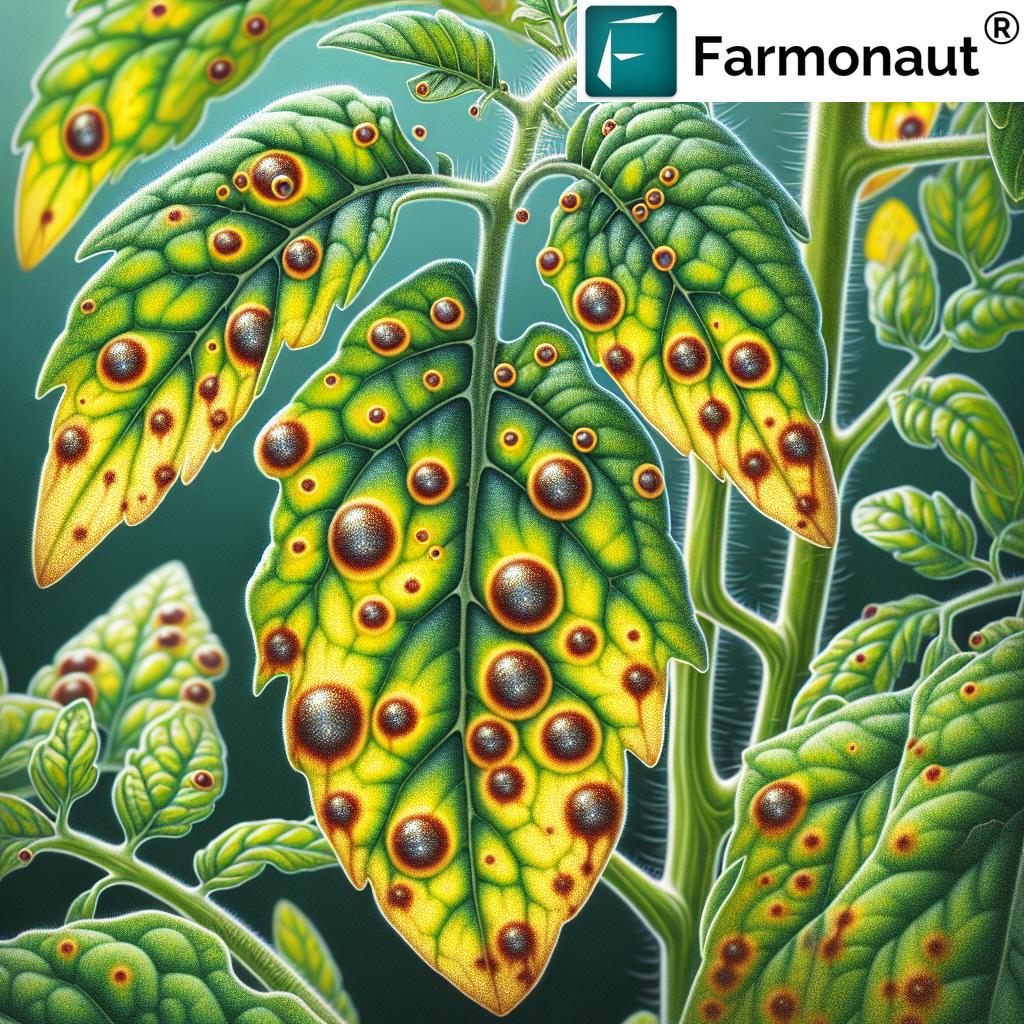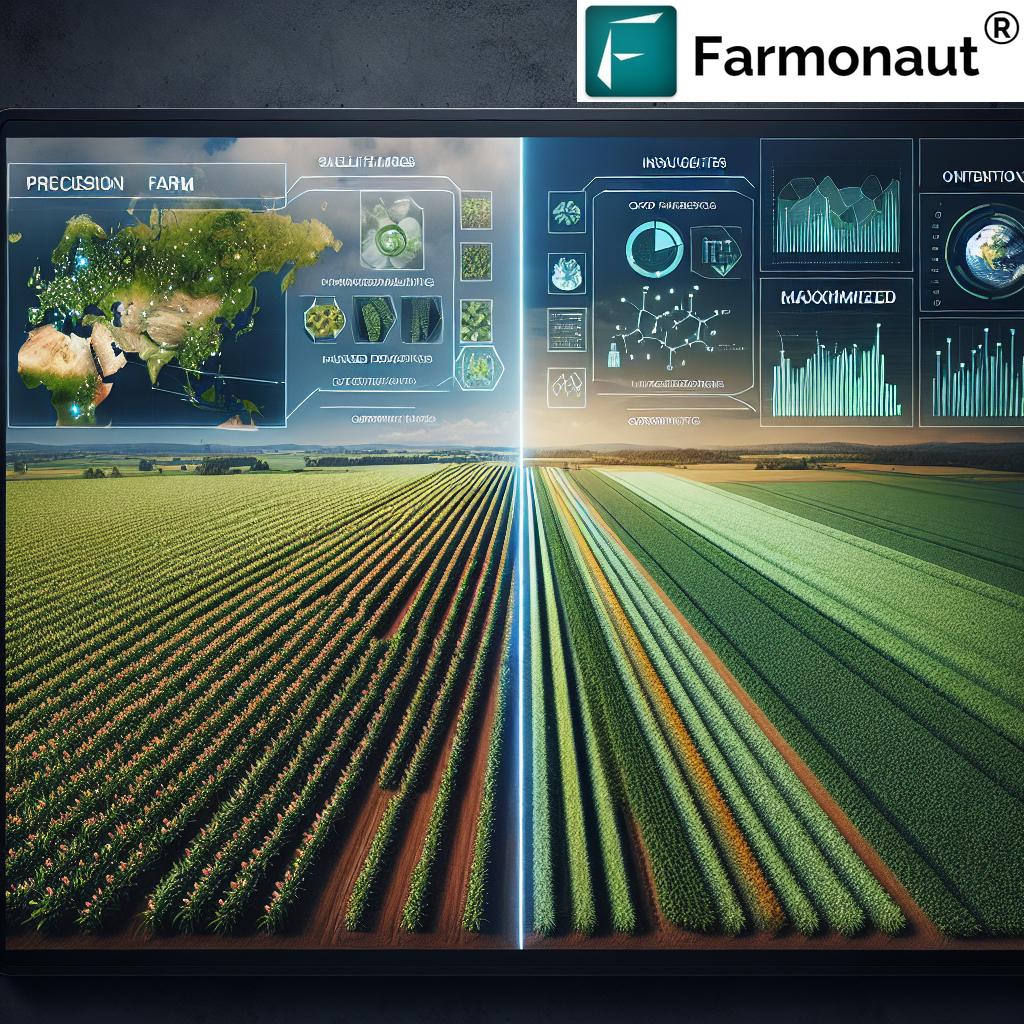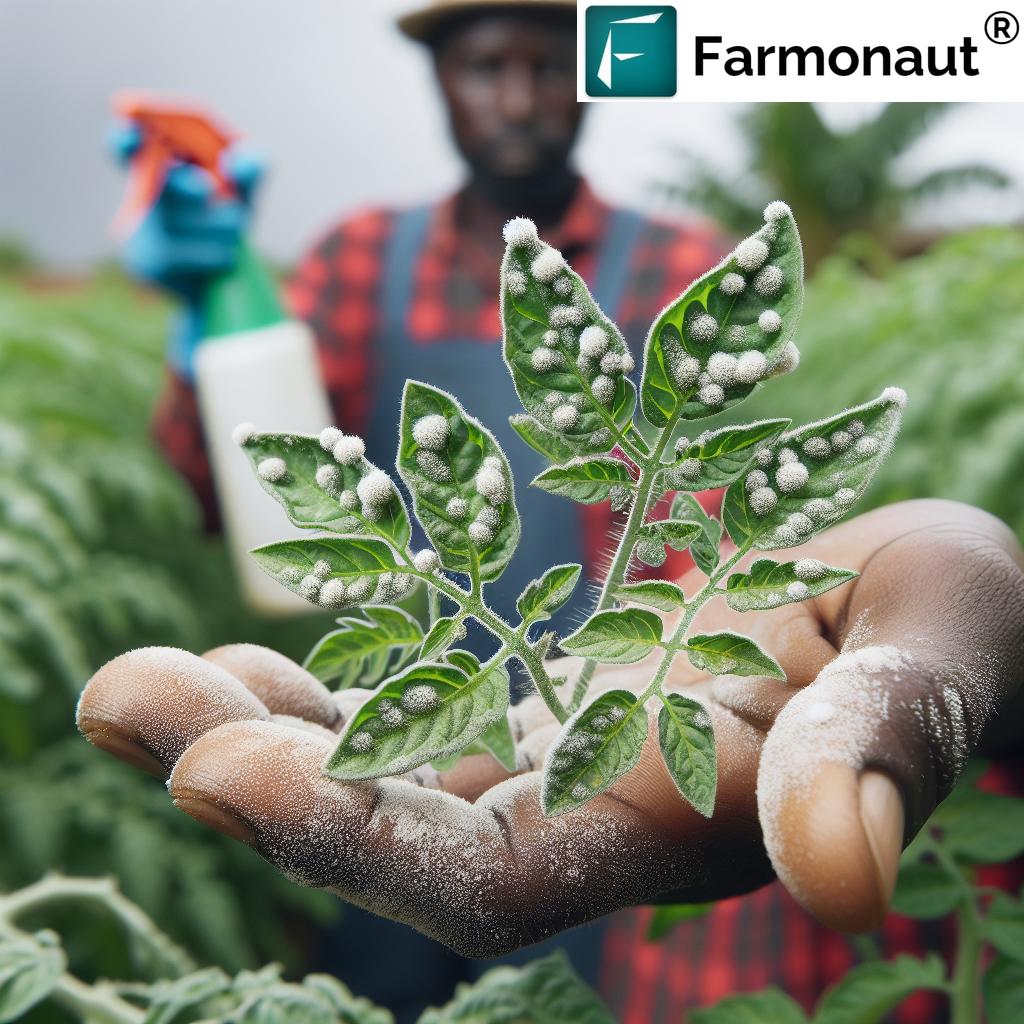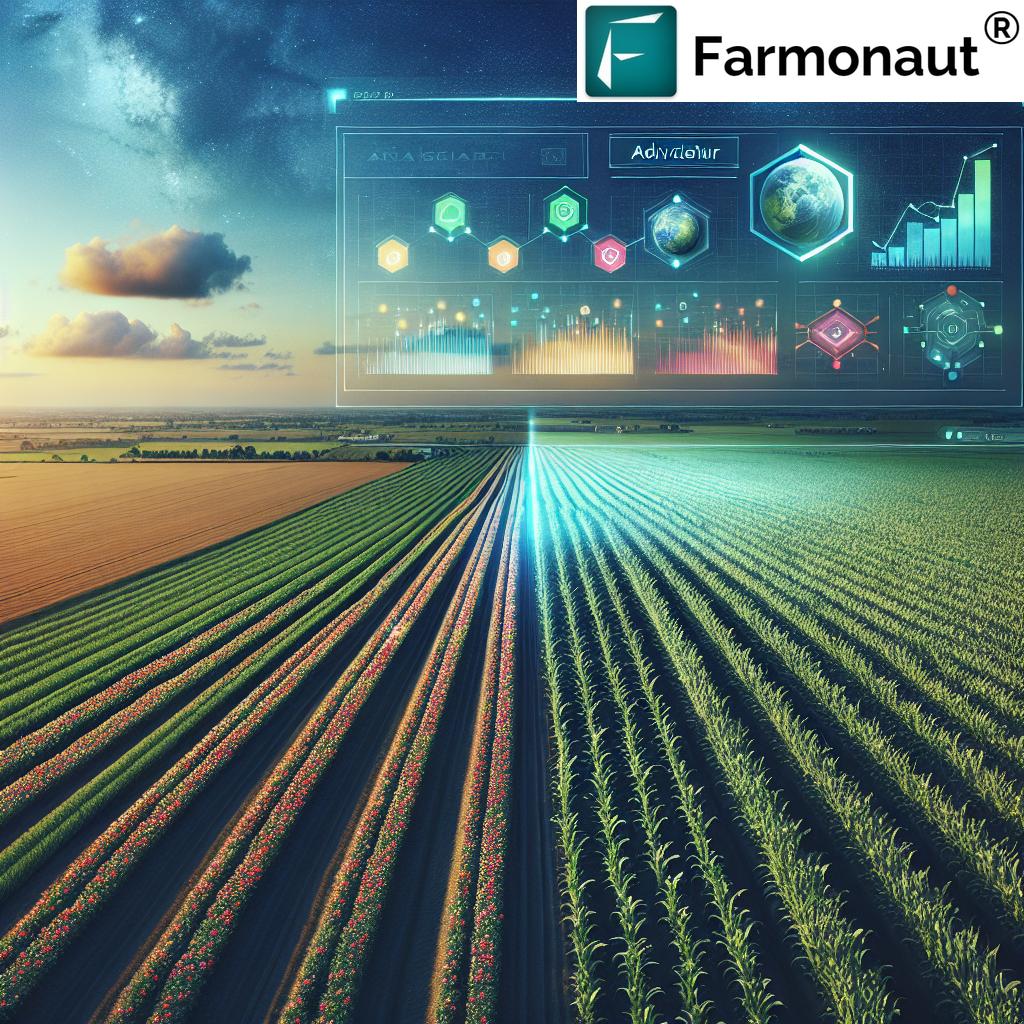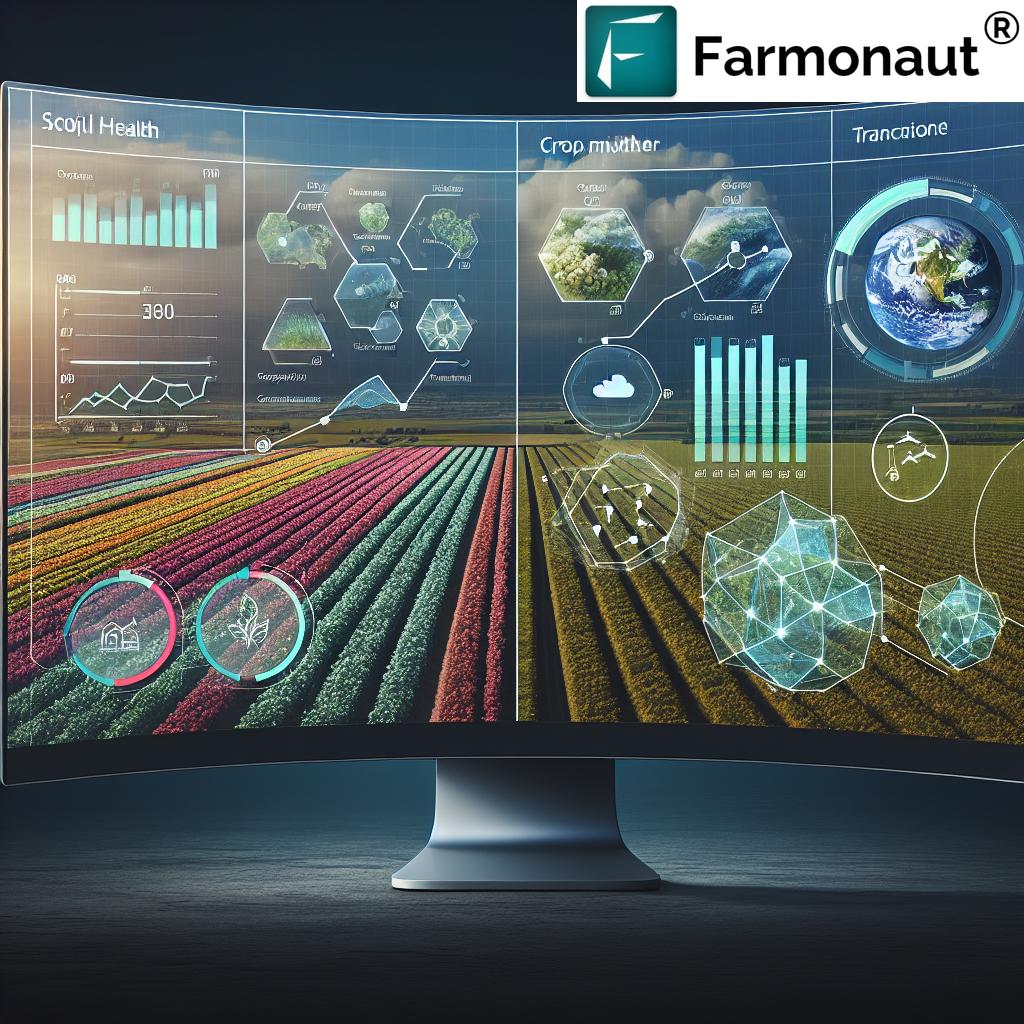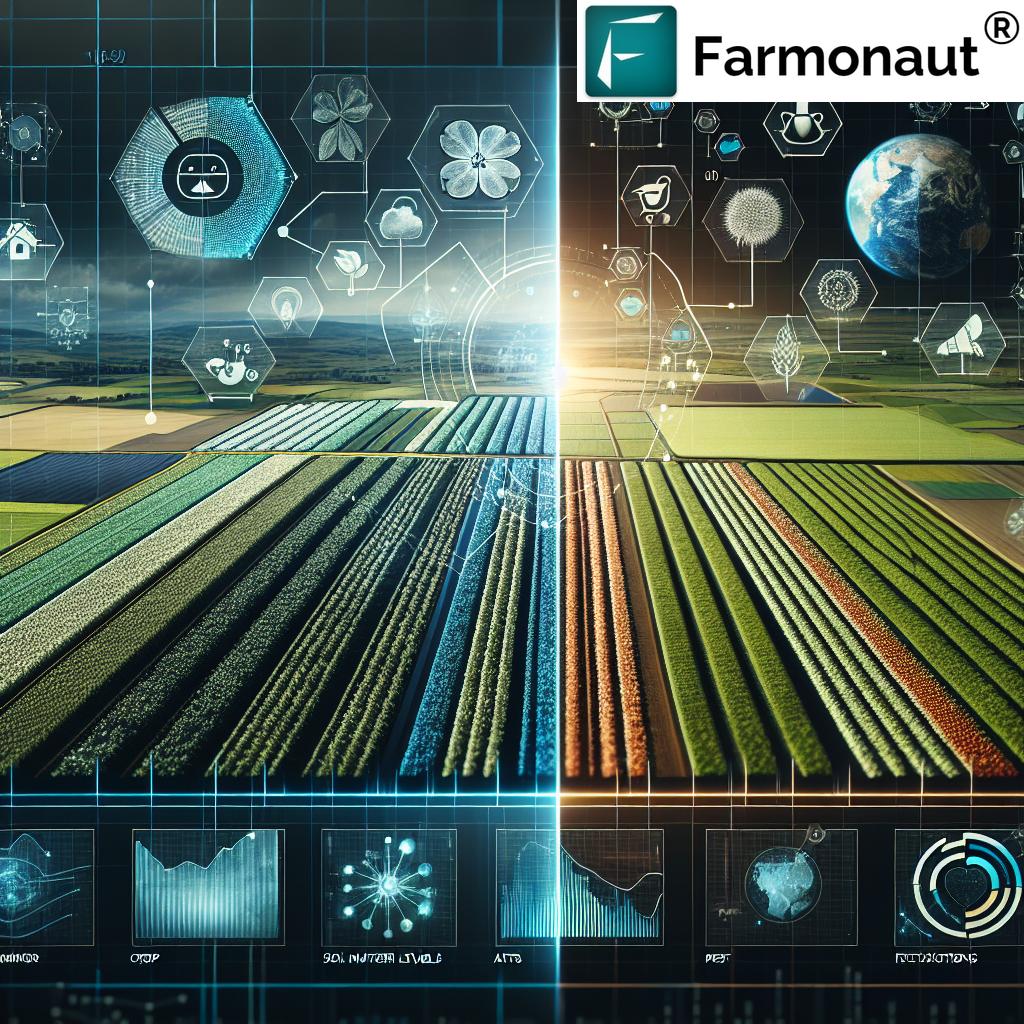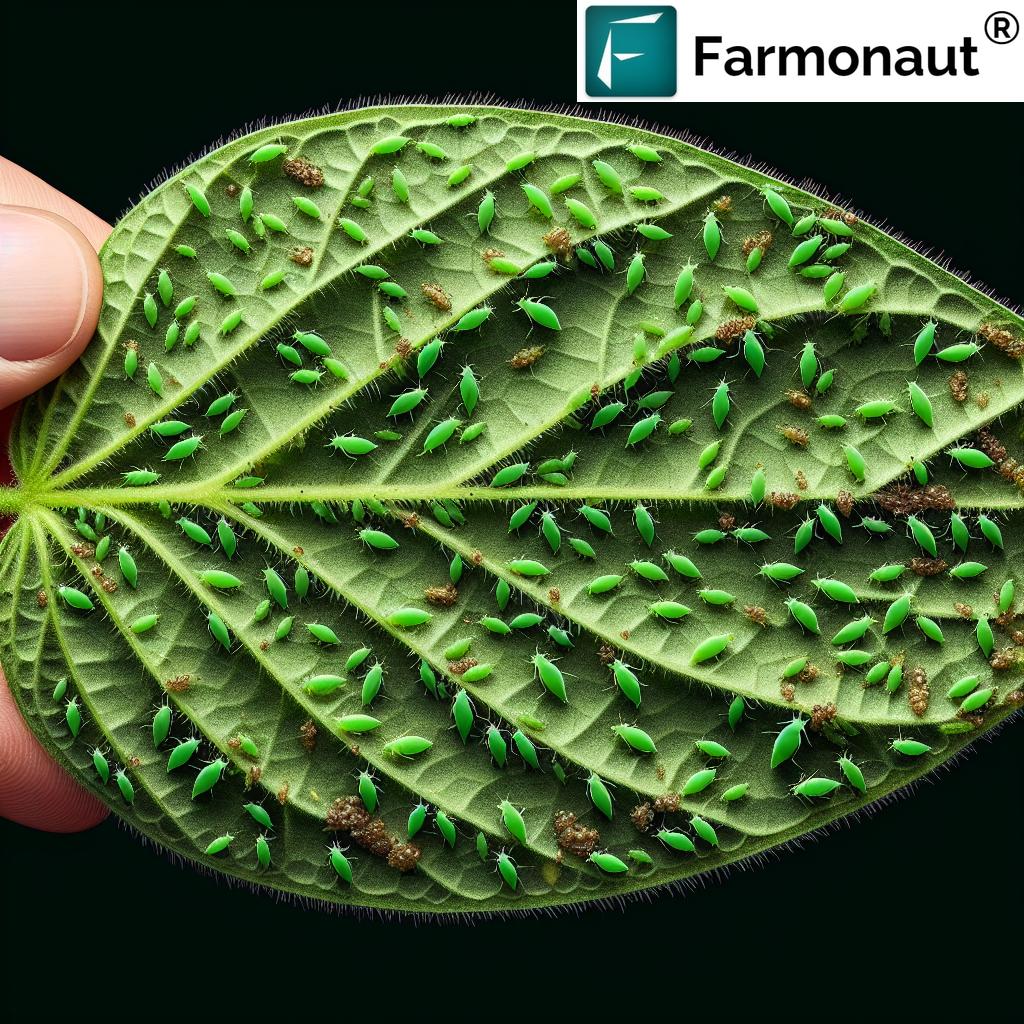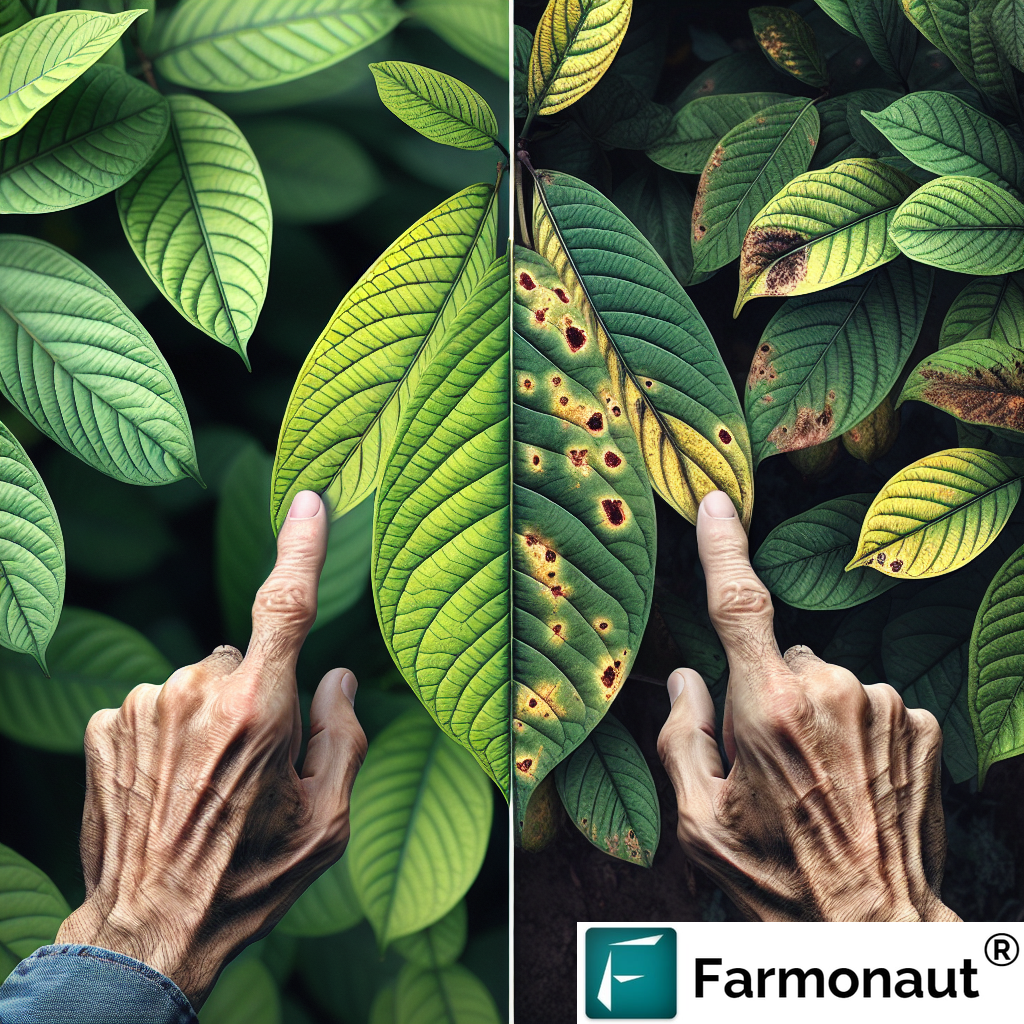Crop Scouting: 7 Tech Secrets to Turbocharge Yields
“Drones can scout up to 100 hectares per hour, making crop monitoring 10 times faster than traditional methods.”
Introduction to Crop Scouting
As we move into a new era of precision farming and data-driven agriculture, crop scouting remains one of the most fundamental practices to master. Crop scouting is the systematic process of inspecting crops in fields, orchards, or forest plantations to monitor crop health, growth stages, and detect issues—including the presence of pests, diseases, or other environmental stress factors.
This proactive approach enables us as farmers, agronomists, and foresters to make informed decisions, implement targeted interventions, and optimize resource management. Modern technology has supercharged this process: tools like drone crop monitoring, satellite remote sensing in agriculture, and AI-powered farm data analytics allow for faster, more accurate assessment than ever before.
The Importance of Crop Scouting
Whether in field crops, protected horticulture, forestry, or any other branch of agriculture, regular crop scouting provides several robust benefits. Our experience and research continually reinforce the essential nature of this practice.
- Early Detection of Issues: By identifying pest infestations, diseases, or nutrient deficiencies early, we can respond with prompt corrective actions, significantly minimizing crop damage and loss.
- Informed Decision-Making: Accurate observations from scouting directly inform decisions on pesticide application, irrigation, and fertilization—enhancing efficiency and sustainability.
- Yield Optimization: Proactive management means crop health is maintained, potential is improved, and both yields and quality are elevated.
- Cost Efficiency: Applying interventions only where and when needed reduces unnecessary treatments, saving both financial and environmental resources.
Fundamentals of Effective Crop Scouting
Establishing consistent, data-rich field scouting techniques is crucial for maximizing the value we derive from our scouting efforts. Here are the foundational steps to success:
1. Planning and Preparation
- Field Mapping: Mapping our fields—either manually or digitally—lets us identify areas prone to specific issues or requiring more regular monitoring.
- Scouting Schedule: An optimal schedule aligns with crop growth stages and environmental conditions. This ensures that no critical development window is missed.
2. Scouting Techniques
- Visual Inspection: We conduct thorough inspection for signs of pests, nutrient deficiencies, wilting, discoloration, or abnormal growth patterns—often early indicators of problems.
- Sampling: Systematic patterns such as zig-zag, W, or X are used to ensure observations are representative across the entire field.
- Record-Keeping: Comprehensive logs—whether written, digital, or via a dedicated app—of what we observe each time (counts, symptoms, conditions) are essential for tracking progression and comparing season by season.
3. Utilizing Technology
- Mobile Apps: Digital field logs boost speed and accuracy. Many solutions now provide real-time synchronization with our main farm data management systems.
- GPS Integration: Using GPS geotags lets us accurately map the location of emerging issues—crucial for targeted treatments and optimizing resource allocation.
- Drones and Remote Sensing: Aerial technologies—from drones with multispectral cameras to satellite remote sensing in agriculture—deliver rapid, large-area crop health monitoring well beyond what human eyes can achieve alone.
7 Tech Secrets to Turbocharge Yields via Crop Scouting
Technology is fundamentally changing our approach to scouting and farm data management. Here are seven advanced solutions propelling modern agriculture and forestry toward greater yield, efficiency, and sustainability.
- Drone-based Crop Monitoring
- Speed & Coverage: Drones can rapidly scout large fields, capturing high-resolution imagery from above—covering up to 100 hectares per hour.
- Multi-Spectral Analysis: Cameras onboard detect subtle changes in plant reflectance, helping us identify early symptoms of stress, pests, and diseases.
- Satellite Imaging for Remote Crop Health Monitoring
- Farmonaut’s Administrative Platform for Large Farms: Integrates up-to-date satellite data, instantly alerting on crop stress, watering issues, and much more.
- NDVI, NDRE & Moisture Indices: These indices visualize chlorophyll content, soil moisture, and overall plant health—all from space.
- Remote Sensors and IoT Devices
- Field-Level Data: Soil moisture, temperature, and humidity sensors provide continuous monitoring, enabling timely irrigation and fertilizer application.
- Automated Alerts: Sensors trigger automatic warnings when conditions indicate rising pest or disease risk, or unexpected changes in environmental factors.
- AI-Powered Farm Data Analytics
- Jeevn AI Advisory System: Farmonaut uniquely offers AI-driven, real-time, crop-stage-specific advisories based on satellite and sensor observations.
- Predictive Interventions: Machine learning pinpoints potential problems before symptoms appear visually—enabling truly proactive crop treatments.
- Blockchain-Based Product Traceability
- Want to assure buyers, retailers, or regulators that your crops follow premium protocols? Farmonaut’s traceability solution records each stage of your farm-to-fork journey—commonly required in organic and sustainable farming.
- Fleet & Resource Management Tools
- Efficiently monitor and optimize equipment, vehicles, and workforce activities with GPS-enabled fleet solutions (learn more here).
- Reduces operational costs, saves fuel, and ensures timely farm interventions.
- Carbon Footprinting Integration
- For eco-conscious operators, track and minimize your operation’s environmental impact—a growing requirement for government support and international buyers.
“Integrated pest management can reduce pesticide use by up to 50%, optimizing both yield and environmental impact.”
Technology Comparison Table for Crop Scouting Innovations
Advanced Technologies in Crop Scouting
Let’s dive deeper into the technologies that supercharge field scouting techniques and precision agriculture technology for pest and disease identification, crop stress detection, and data optimization.
1. Drone Crop Monitoring
Drones—also known as unmanned aerial vehicles (UAVs)—can cover large areas of farmland far quicker and with greater uniformity than ground crews. When equipped with multispectral cameras, they capture both visible and invisible light wavelengths, revealing issues invisible to the naked eye like early nutrient deficiencies or localized stress from drought, pests, or disease.
- Example: A 10-minute drone flight over 40ha can spot infestations missed by even the most attentive scout on foot.
- Benefit: Less footwork, more actionable data, faster corrective actions for yield protection.
2. Remote Sensing in Agriculture: Satellite Imaging
Remote sensing is revolutionizing the way we monitor and analyze fields. Farmonaut’s advanced crop health platform integrates multi-date, multi-resolution satellite data to continuously observe growth, moisture, and problem zones. With indices such as NDVI and NDRE, we gain early detection of crop issues before they cause significant yield loss or quality reduction.
- Scale: Monitor hundreds of hectares at once.
- Timeliness: Frequent revisit intervals (sometimes daily updates) guarantee no critical event slips through the cracks.
APIs for Developers: Easily embed Farmonaut’s crop and weather data in your own dashboards or apps. See our developer docs for details.
3. Machine Learning & AI for Scouting Efficiency
AI algorithms analyze patterns in crop imagery, sensor logs, and historical yield results, offering forecast models for disease, pest emergence, and yield. This enables us to anticipate problems and intervene earlier, maximizing efficiency and preventing damage.
- Key Feature: The Jeevn AI Advisory analyses weather and satellite images to suggest optimal action for irrigation, fertilization, pest control, and more before crop stress escalates.
4. Integrated Pest Management (IPM) & Thresholds
Integrated pest management (IPM) is a holistic framework, leveraging scouting data, technology, and sustainable pest and disease identification methods. Actions are guided by economic thresholds—intervene only when pests or issues reach actionable levels, thereby reducing unnecessary chemical use and environmental impact.
- Thresholds: Example: “Treat for armyworm only if more than 1 larva per 10 plants are found.” Scouting frequency increases during peak risk stages.
- Multimodal Checks: Employ a mix of biological, cultural, and sometimes chemical controls for maximum yield optimization and sustainability.
5. Farm Data Management & Blockchain Traceability
Strong data management underpins effective crop health monitoring. Structured, verifiable records aren’t just about good practice—they are key to certification, loans, and modern supply chains. Farmonaut empowers users—farmers to corporate buyers—to assure the journey of every crop.
- Blockchain-backed product traceability ensures every intervention, input, and harvest event is sealed and tamper-proof—building trust and unlocking value for conscious consumers. Learn more here.
- Data Security & Compliance: With secure cloud and blockchain, your data stays safe and compliant with the latest digital agriculture regulations.
6. Fleet and Resource Management for Large-Scale Operations
Optimizing our farming fleet—tractors, sprayers, and support vehicles—not only saves money, but reduces our environmental impact. Farmonaut’s digital fleet management tools make it simple to track, assign, and maintain equipment across extensive or remote holdings.
- Ideal for plantation crops, forestry, and regionally distributed cooperatives.
- Reduces breakdowns, overuse, and accidents.
7. Carbon Footprinting for Sustainable Certification
Robust carbon footprint tracking is increasingly a market requirement. It helps us demonstrate responsible stewardship, qualify for sustainability-linked finance, and open new avenues in international trade.
- Real-time tracking—visible to both farmers and authorities.
- Reducing greenhouse gas emissions can become a point of pride and a selling point for buyers and investors.
Implementing Integrated Pest Management (IPM)
Our crop scouting and field observations form the foundation of a smart IPM program. Here’s how the process works to optimize yield and minimize environmental impact:
- Monitoring: Consistently scout and record pest presence, disease symptoms, and plant condition.
- Thresholds: Define “action levels” based on economic and agronomic considerations.
- Decision: Use data from your scouting logs, apps, and remote sensors to decide if intervention is justified.
- Multi-Modal Controls: Employ crop rotation, resistant varieties, biological controls, physical barriers, and — only if required — targeted chemical applications.
- Impact Review: Re-assess after intervention to document outcomes and adjust future thresholds or methods.
The result? Up to 50% reduction in pesticide use, healthier crops, and more environmentally sustainable farming and forestry operations—while maintaining or increasing yields.
Educational Initiatives and Competitions: Building the Next-Gen Crop Scouts
To empower the next generation of farmers and foresters with optimal field scouting techniques and precision agriculture technology, numerous educational programs and competitions have emerged worldwide.
- Youth Crop Scouting Competitions: Illinois Youth Crop Scouting Competition and Nebraska’s Youth Crop Scouting Competition introduce students to field inspection, pest and disease identification, actionable reporting, and sustainable management via hands-on learning.
- Training Programs: Agricultural universities, government extension services, and private organizations offer courses on dynamic scouting patterns, integrated pest management, drone use in agriculture, and data-driven farming.
These initiatives build essential skills for tomorrow’s farm managers, consultants, and agronomists, ensuring our sector adapts to constant evolution in technology and environmental factors.
Best Practices for Effective Crop Scouting
To reap the full benefits of modern crop scouting and early detection of crop issues, follow these tried-and-true practices:
- Consistency: Establish and stick to a scouting schedule—increasing frequency during critical crop growth stages or heightened pest risk periods.
- Comprehensive Coverage: Don’t neglect field edges or varying soil types; stress and problems frequently begin in these areas.
- Documentation: Meticulously record all observations, actions taken, and outcomes for learning, compliance, and analysis. Crop health monitoring apps make this easier than ever.
- Collaboration: Share data and insights with local extension services, peer networks, and technical experts for a broader understanding of regional trends and solutions.
Farmonaut: Your Smart Choice for Crop Health and Farm Data Management
Farmonaut sits at the forefront of the precision agriculture technology revolution, democratizing cutting-edge crop health monitoring and farm data management for farms, plantations, forestry enterprises, agribusinesses, and government agencies.
- Satellite-based Crop Health Monitoring: Harnesses remote sensing data (NDVI, NDRE, and more) to deliver accessible, actionable insights for scouting, disease detection, and resource optimization.
- Jeevn AI Advisory System: Offers real-time, AI-based recommendations customized to your crop, field conditions, and growth stage for ultimate efficiency.
- Blockchain Traceability: Delivers tamper-proof crop journey records for compliance, certification, and consumer trust.
- Fleet, Resource, and Carbon Management: Reduce costs, boost sustainability, and streamline your farm’s operational footprint—key for modern market access and regulatory compliance.
- Flexible Access: Available via Android, iOS, web/browser app, and API for developers and agribusiness integrators. Find options for all scales and sectors.
Farmonaut’s platform is designed for:
- Individual farmers: Affordable, scalable crop scouting and yield optimization tools for every stage of the growing season.
- Agribusinesses: Plantation/fleet management, sustainability reporting, and in-depth analytics for multi-hectare operations.
- Government and NGOs: Customizable monitoring for crop estimation, subsidy distribution, and sustainable agriculture programs.
- Financial Institutions: Reliable, satellite-based verification of farm activities for streamlined loan and insurance processing. See how it works.
- Corporate Clients: Traceable, certified supply chain records to meet consumer and regulatory requirements.
FAQ: Crop Scouting – Your Questions Answered
What is crop scouting and why is it important?
Crop scouting is a regular, systematic process of inspecting or monitoring crops and fields for signs of pests, diseases, nutrient deficiencies, and environmental stress. It improves early detection of crop issues, enables informed decision-making, optimizes resource use, and boosts both yield and sustainability.
How does drone crop monitoring differ from ground scouting?
Drones can inspect larger areas in a fraction of the time, providing aerial imagery and multispectral data that reveals crop stress, pest outbreaks, or disease symptoms invisible to the naked eye. Ground scouting is still essential for close-up inspection and sample collection.
What are the signs of pest or disease issues during scouting?
Common signs include holes in leaves, spots, wilting, discoloration, abnormal growth, presence of eggs, larvae, or adult insects. Using a systematic scouting pattern (zig-zag, W, etc.) ensures accurate identification of such issues.
How often should fields be scouted?
Scouting frequency depends on the crop type, growth stage, and environmental/seasonal risks. Typically, weekly scouting during rapid growth or during high pest pressure is ideal; adjust as conditions change.
How does Farmonaut support integrated pest management (IPM)?
Farmonaut provides crucial data for early pest & disease detection, AI-driven advisories for threshold-based interventions, digital logs for IPM reporting, and remote sensing analysis over large areas to ensure timely, precise treatments and improved sustainability.
Conclusion
Crop scouting is a foundational practice in modern agriculture, forestry, and farming. By merging traditional in-field observations with advanced technologies like satellite imaging, drone monitoring, AI-powered advisories, and integrated farm data management, we can detect crop issues early and intervene with precision. This enables smarter resource use, stronger yields, and more sustainable impact—while reducing unnecessary treatments and costs.
Farmonaut stands out by making cutting-edge, affordable precision agriculture technology accessible for every size and type of farm or forestry operation—putting sustainable success within reach for all. Ready to make smarter decisions, optimize your yields, and contribute to a more resilient food system? Download the Farmonaut app or explore our advanced solutions today.
Empower your farm or forestry operation with satellite-driven, AI-powered solutions from Farmonaut—where early detection, precision intervention, and sustainable impact come together for the next generation of agriculture.



